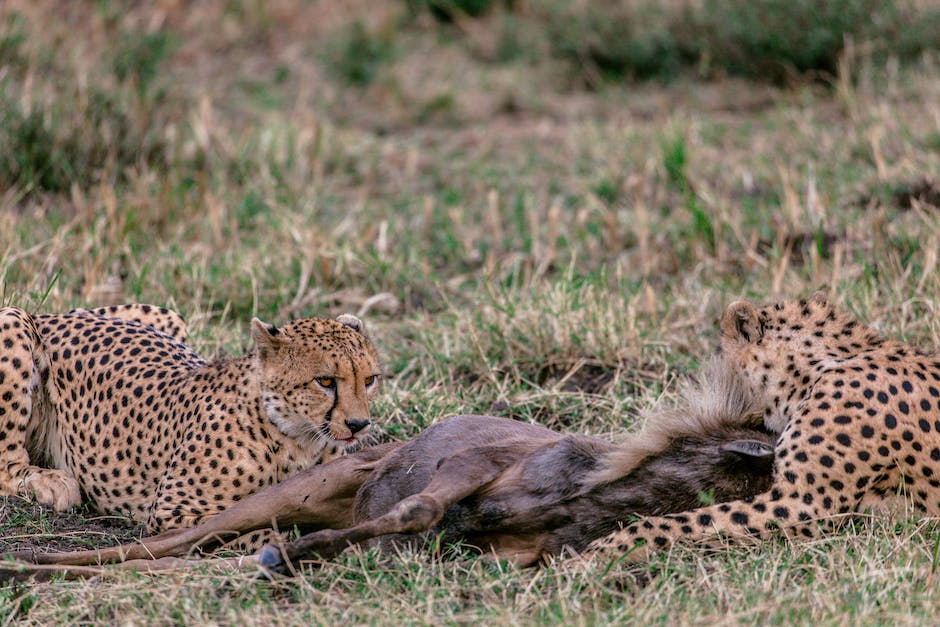It’s a common problem: you’ve been taking care of your lawn and it’s looking great, but suddenly it starts to turn brown and die. What’s causing this? Many things can be to blame, from pests to weather to poor watering. But with a little investigation, you can usually figure out what’s killing your lawn and take steps to fix the problem.
The first step to diagnosing what is killing your lawn is to look for any patterns in the damage. For example, if brown patches are appearing in a circular pattern, that might be an indication of a fungus or insect infestation. If the damage is more random, it could be from things like pet urine, over-fertilization, or drought. Once you have a better idea of what might be causing the problem, you can take steps to address it.
What do grubs look like?
If you see more than five grubs per square foot, you may have an infestation. Grub worms are off-white in color with brown heads, chubby bodies, and three pairs of legs. They usually lay in a c-shape when they are exposed.
Raccoons and skunks are two common animals that are known for digging in yards in search of food. Skunks typically make shallow holes with loosened soil, while raccoons can use their front paws to pull up chunks of sod and flip them over to find food. These nocturnal creatures can be a nuisance to homeowners, but there are some steps that can be taken to help deter them.
What works best to kill grubs
Carbaryl and trichlorfon are two insecticides that are considered curative treatments for grubs. They are short-lived compounds that kill all life stages of grubs. These two insecticides are the only options if high numbers of grubs are found in the fall and in spring before early May.
Grubs are the larvae of beetles, and they can wreak havoc on your lawn if left unchecked. Luckily, there are a number of ways you can get rid of grubs naturally.
One option is to introduce natural predators into your yard. Birds, moles, and skunks all enjoy feasting on grubs. If you have any of these animals in your area, they can help keep the grub population in check.
You can also limit the moisture in your yard to make it less hospitable for grubs. Keep your lawn well-trimmed and aerated to help with drainage.
If you want to take a more proactive approach, you can use milky spore or neem oil to kill grubs. Beneficial nematodes are also a great option. These tiny creatures invade grubs and kill them from the inside out.
You can also make a grub killer with borax. Simply mix the borax with water and pour it over any areas of your lawn that are infested with grubs.
Finally, dethatching and aerating your lawn can help get rid of grubs. This will create a less hospitable environment for them and make it easier for
What attracts grubs to your lawn?
Grubs are attracted to healthy, thick grass because it means a healthy root system, which is what the grubs feed on as soon as they hatch. By keeping your grass healthy, you can help prevent grub infestations and keep your lawn looking its best.
If you find brown patches in your lawn that seem to have no roots attached, it is likely that you have lawn grubs. These pests feed on the roots of grass, which can cause the grass to die. You may also see an increase in activity from other wildlife, such as birds, as they search for the grubs.
Why does my lawn look like it’s dying?
If your lawn is turning yellow or brown, it is likely due to a lack of nutrients or water. The most common cause of lawns turning yellow or brown is lack of nitrogen. Other nutrients that your lawn may be lacking include phosphorus and potassium. You can test your soil to see if it is lacking in any of these nutrients. If your soil is lacking in nutrients, you can fertilize your lawn to correct the problem. If your lawn is lacking in water, you will need to water it more frequently.
Groundhogs, voles, and gophers burrow for shelter. Typically, there’s only one entrance to these burrows, and they’re usually around 12 inches wide and near trees, walls, or fences. Voles create even smaller, dime-sized holes. If a homeowner sees small holes in the yard with no mounds, voles may have created them.
What does a stressed lawn look like
Discoloration of lawns is usually caused by heat stress. However, it can also be caused by other problems such as insect damage or disease. If your lawn is discolored, it is important to check for other possible causes before treating for heat stress.
It is important to apply a treatment to grub species just after the larvae have hatched in order to achieve maximum efficacy. This should be done in mid- to late-August or in mid-September when the turf is moist.
Do grubs come back every year?
As lawns everywhere know all too well, grubs can wreak havoc on a lawn if left unchecked. These voracious eaters can quickly devour all the grass in sight, leaving behind a telltale brown patch. But don’t despair! There are things you can do to keep grubs from taking over your lawn.
The key to dealing with grubs is to understand their life cycle. Newly hatched grubs are big eaters and will do the most damage in the fall. But as they mature in the spring, they eat progressively less. In fact, when grubs are nearly ready to change into beetles, they stop eating altogether.
So, if you see some brown patches in your lawn, don’t panic. Just take a closer look to see if there are any grubs present. If there are, take action to remove them before they can do any more damage.
The best time to treat for grubs is in late summer or early fall, when the smaller, young grubs are most susceptible to nematodes. There is also usually a short window for application in early spring before the grubs get too big and pupate, but that is a narrower window and can be difficult to time properly.
What is a natural predator to grubs
There are a few things to keep in mind when using predators to control grubs in your lawn. First, make sure that the animals you are attracting are actually predators of the pests you are trying to control. Second, be aware that these predators can also cause damage to your lawn or garden, so be sure to take that into account when deciding whether or not to use them.
If you want to get rid of grubs, you need to stop watering your lawn from June to September. This will prevent them from hatching and surviving.
How does Dawn dish soap treat grubs?
If you have grub worms in your lawn, you can try using Dawn dish soap to kill them. Mix 1 tablespoon of Dawn with one-quart of water, and spray the mixture on the affected areas. Check after an hour to see if the grubs are still alive. If they are, spray them directly with the Dawn mixture.
If you have any patches of dead turf in your lawn, you will need to reseed them in order to bring them back to life. In some cases, you may need to scrape away the dead grass, add some fresh soil, and then seed the area anew. However, in other cases, you may be able to simply slice-seed the area to repair it. Either way, the dead patches of turf will not come back on their own and will require some effort on your part to bring them back to life.
Does overwatering cause grubs
Over watering your lawn can actually attract pests and disease. This is because it builds up between your lawn and the soil, creating a perfect environment for them to thrive. Thatch is a particular concern because it provides a great habitat for lawn pests. Grubs, for example, are beetle larvae that feed on the grass roots and can create wilted, brown patches on lawns. If you suspect you have a pest problem, it’s best to consult with a professional to develop a treatment plan.
After a grub infestation, your lawn may have lost a lot of its leaves. This can lead to moisture loss, so it’s important to irrigate regularly during the recovery period. Adjust the duration and frequency of watering to suit current conditions.
Wrap Up
The cause of your lawn’s demise could be any number of things, including grubs, moles, drought, poor drainage, over-fertilization, or even too much foot traffic. An inspection by a certified lawn care professional can help you determine the source of the problem so you can take steps to revive your lawn.
There are many possible reasons why your lawn may be dying, including pests, disease, lack of sunlight, or poor drainage. If you are unsure of the cause, you may want to consult with a lawn care professional.

